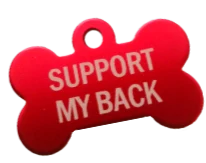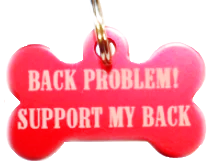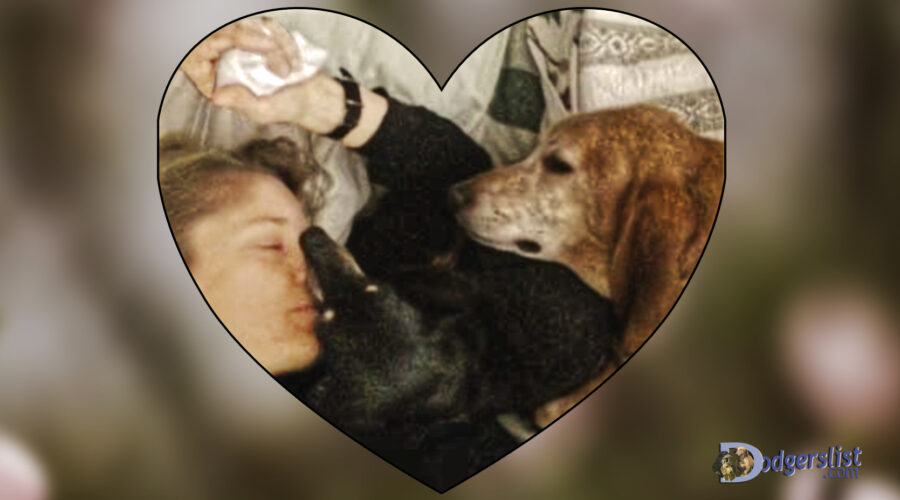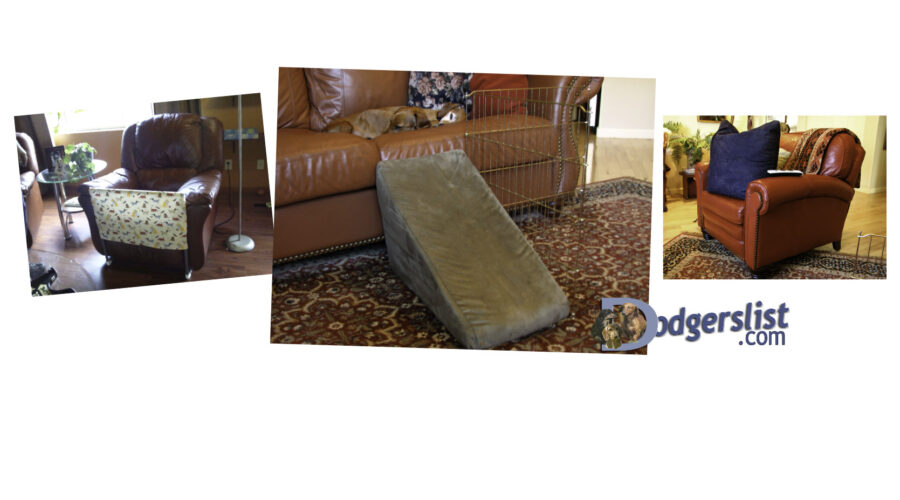- Emergency▽
- Knowledge
- Most asked IVDD question
- ⭐️IVDD Shortcut-
- ⭐️IVDD- 4 phases of healing torn disc
- At home nursing care, support, and ideas
- After graduation
- Finding a vet; surgeon interview
- Find a Vet- Strategies
- Other: Chiropractic, devices, myelomalacia
- 6 IVDD Presentations – video, illustrated, foreign lang.+ more
- Site Map
- Neuro Corner
- 💛FREE Lit💛
- Aid the IVDD Effort
- Successes
- Social Media
Delete!











